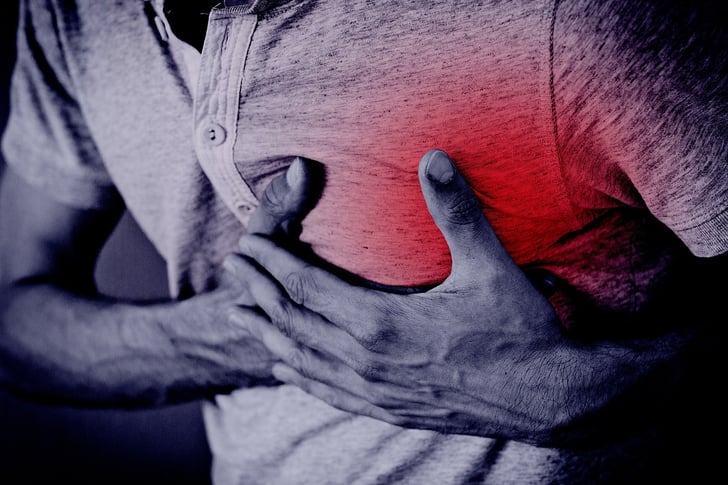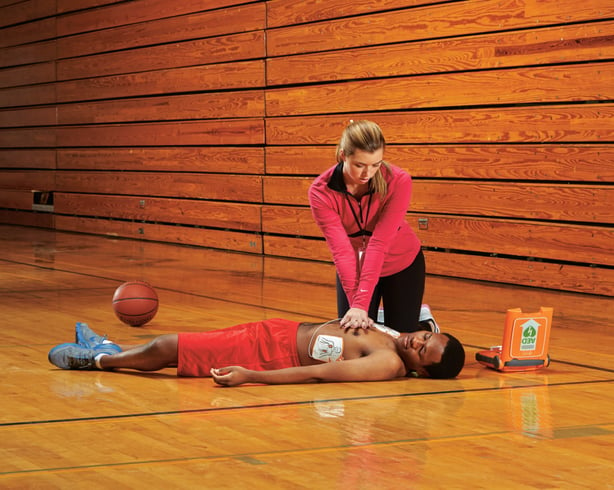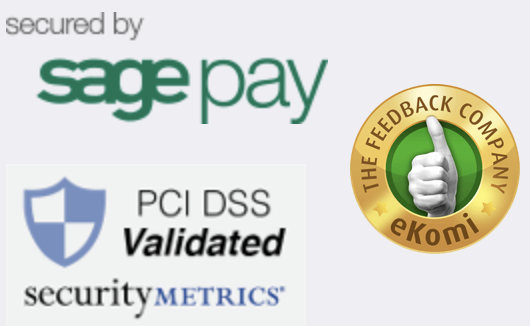The terms heart attack and sudden cardiac arrest (SCA) are often mistaken.
A heart attack is a plumbing issue. A blockage in the arteries stops blood flow to the heart and the person suffering the heart attack is conscious, but suffering with severe pain.
A SCA is an electrical issue. The heart’s electrical system malfunctions and blood is no longer pumped around the body to the vital organs, causing instant unconsciousness. SCA requires quick, effective treatment of CPR and the use of a defibrillator. Without this vital treatment, the chance of survival decreases by 10% per minute

What is a Heart Attack?
A heart attack is a serious medical condition where the delivery of blood to the heart from an artery becomes blocked, leading to blood flow being disrupted. This can block your coronary artery, causing your heart muscle to be starved of blood and oxygen.
The person suffering a heart attack will be conscious and symptoms may include pain or discomfort in the chest, a pain that spreads across the body , feeling sick, light-headed with shortness of breath.
How Do I Treat a Heart Attack?
- Call 999 for an ambulance.
- Stay calm.
- Take 300mg aspirin if available, this thins the blood to avoid clotting.
- Wait for the emergency services to arrive.
What Is a Cardiac Arrest?
Sudden Cardiac Arrest (SCA) occurs when a person’s heart goes into a life-threatening rhythm known as ventricular fibrillation (VF) and stops pumping blood around the body and to the brain, causing instant unconsciousness. The electrical activity of the heart becomes so chaotic that the heart stops pumping and quivers or ‘fibrillates’ instead. If someone suffers from SCA, they will fall unconscious instantly and stop breathing.
SCA strikes at any time without warning and sadly, no one is immune regardless of gender, age, fitness level, ethnicity or geography. Sadly, 90-95% of people who suffer from SCA will die because they don’t receive immediate treatment of Cardiopulmonary resuscitation (CPR) and the use of a defibrillator. If a shock is delivered within 3-5 minutes the chance of survival increases from 6% to 74%. For every minute that treatment is delayed survival chances reduce by 10%. You need to act quickly and before the emergency services attend.

How do I Treat Cardiac Arrest?
- Checking airways for breathing, if unresponsive call 999 immediately.
- Immediate CPR is needed. (30 Compressions, 2 rescue breaths)
- Resetting the heart rhythm. This is called defibrillation. You do this by using a defibrillator, if one is available.
- Once the first shock is delivered, continue CPR for another 2 minutes until the defibrillator re-analyses the heart rhythm.
- If the defibrillator tells you no shock is needed, continue CPR until emergency services arrive or the casualty shows signs of responsiveness.
What is a Defibrillator?
A defibrillator or Automated external defibrillator (AED) is a medical device that delivers a high energy shock to restore a normal heartbeat rhythm to someone suffering a SCA. A defibrillator works by analysing the heart rhythm once the electrode pads are placed on the chest and administering a life-saving shock if needed.
Defibrillators are a life-saving investment. There are a wide range of AEDs to choose from. Many manufacturers will offer the option of either semi-automatic or fully automatic devices with additional functionalities.
More Information
Do not hesitate to get in touch with any questions you may have on purchasing defibrillators for home use.
defibshop are committed to equipping everyone with the skills and knowledge to save a life. Speak to one of our Product Specialists on 0161 776 7422 or fill out our Contact Form.






